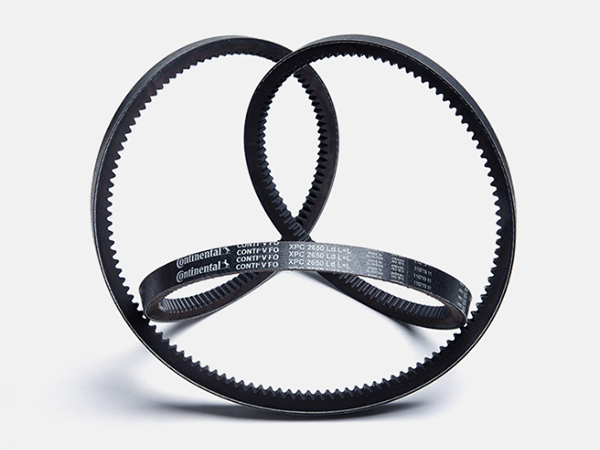Imported V-belt, also known as V-belt, is a product with the largest output, the most variety and the widest application in the transmission belt. Since the first automobile fan belt was made in the United States in 1917 and used in industrial and agricultural machinery in the early 1920s, it has been prosperous for more than half a century and has developed rapidly. It has become the mainstream of transmission belts. In the transmission belts of various countries in the world, from the perspective of rubber consumption, the V-belt has now accounted for 65%, the toothed belt is 25%, and the flat belt has been reduced to less than 10%.
At present, the V-belt has become the main equipment for the power transmission and speed change of various mechanical devices in the world, and it plays an increasingly important role in a wide range of fields such as agricultural machinery, machine tools, automobiles, ships, and office equipment.

According to the cross-sectional size, the imported V-belt can be divided into seven industrial models of Y, O, A, B, C, D, E for industrial machinery and various types for automobiles and tractors. There are two categories of fan belts. Type Y and O are the smallest V-belts, which are mainly used for office equipment such as typewriters, book cutters, and home appliances (washing machines, juicers, vacuum cleaners).
For general industrial machinery, with the increase of horsepower, V-belts such as A, B, C, D, E are used in sequence, among which D and E are heavy-duty belts used for large machinery such as ships and electric power. As for fan belts, in addition to cars and tractors, they are also widely used in water pumps and air conditioners. In developed countries, the production ratio of imported triangle belts to fan belts has reached 2:1-3:2, and fan belts are showing a significant upward trend.